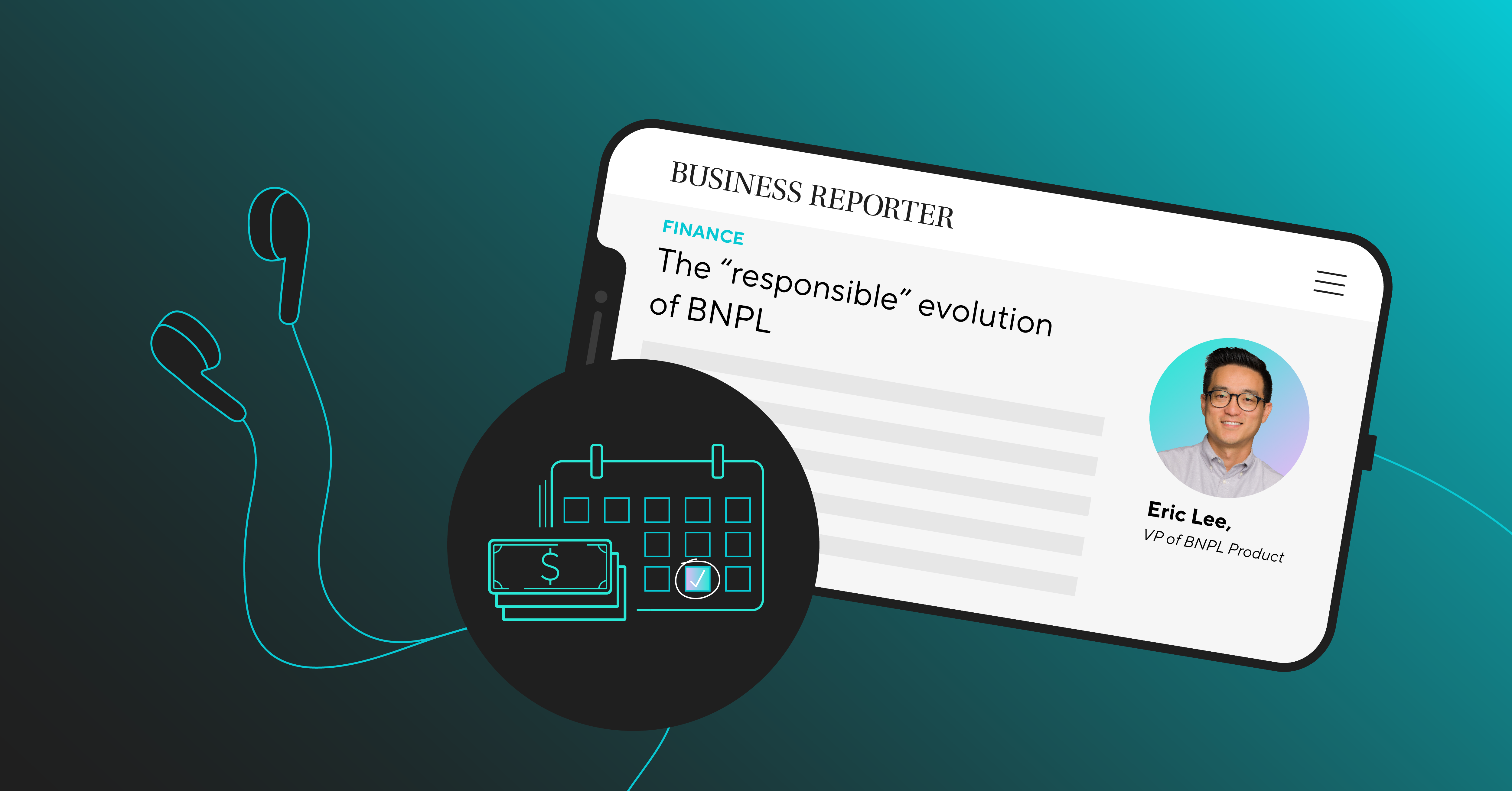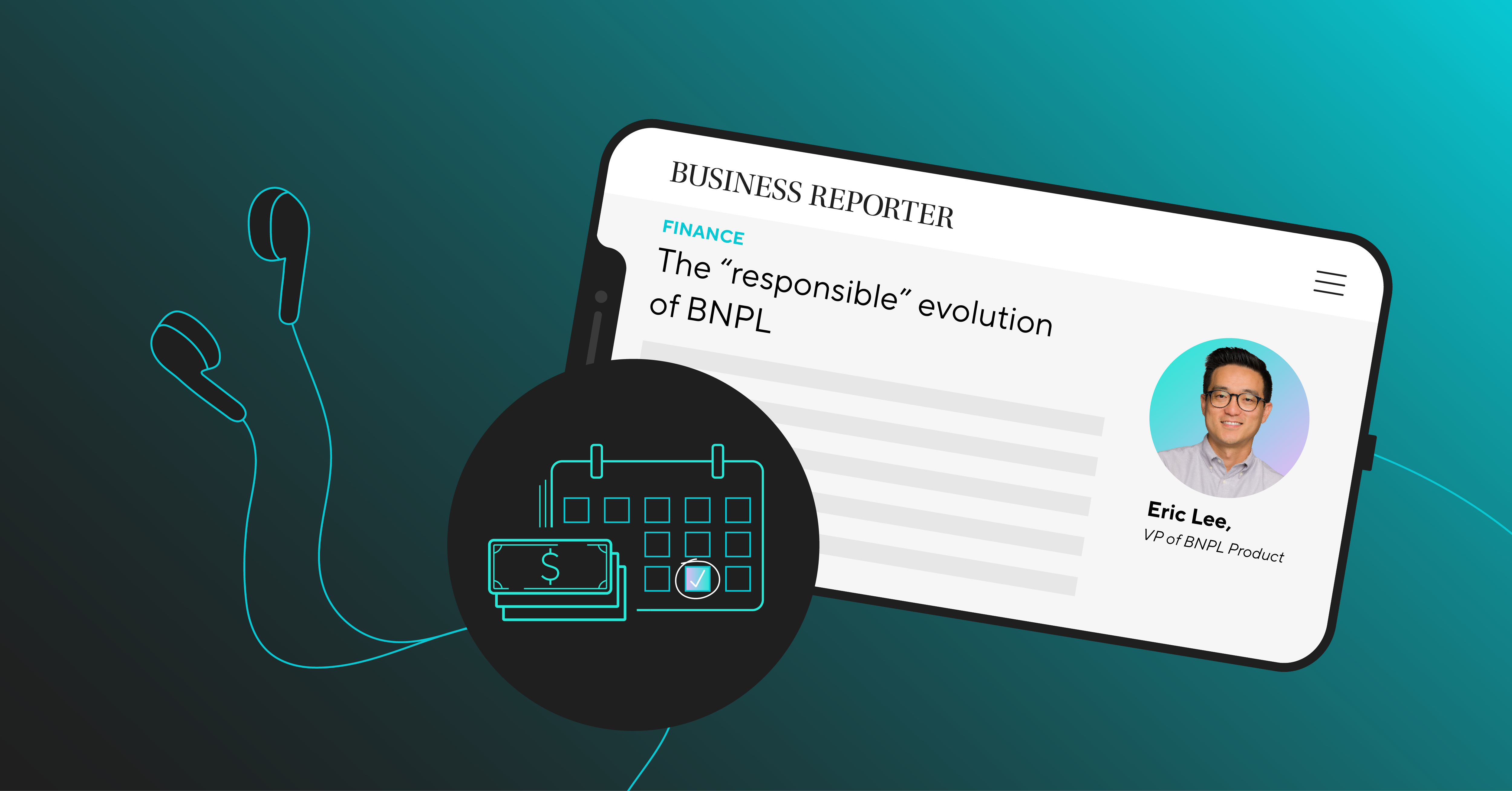
While the jury's still out on whether the US economy is officially in a recession, there's no doubt that consumers are feeling the strain of record-high inflation. But by no means is this slowing down the still burgeoning buy now, pay later (BNPL) market, which is increasingly transitioning from big-ticket splurges to more everyday purchases, easing the pain at the gas pump and the grocery store.
Yet with consumer adoption rising, so too is BNPL scrutiny by regulators in Washington DC. While this understandably puts non-bank BNPL providers on the defensive, for traditional financial institutions the anticipated regulatory changes actually give them a leading edge in point-of-sale financing. This is because BNPL is inherently a loan product. As such, it's best offered by financial institutions that are regulated and compliant.
What's really going to define the next evolution of BNPL is a more responsible approach: one that encompasses longer duration installment loans, not just the split pay option most associated with today's BNPL.
Sure, a bank's point-of-sale installment loan experience may not be as short and simple as a pure-play BNPL provider such as Klarna. But by treating BNPL as an extension of credit, and leveraging technology purpose-built with bank-grade infrastructure to support the bureau pulls, identity verification, credit decisioning (including ability-to-pay), credit reporting and furnishing of standardized disclosures, financial institutions can offer customers responsible BNPL products, regulated at the state and federal level.
Still in its early stages, BNPL's evolution will be market-driven, and banks will forever have to compete with the Klarnas, Affirms, even Apples, of the world. By meeting consumer demand for BNPL and providing both split pay and installment loan offerings side by side, banks can give customers flexibility and control with a profitable — and responsible — financial product.

The "responsible" evolution of BNPL
Business Reporter Future of Banking podcast
To learn more about how BNPL is transitioning to more responsible point-of-sale financing, watch Amount CEO Adam Hughes' interview with PYMNTS.com.
 Watch interview
Watch interview